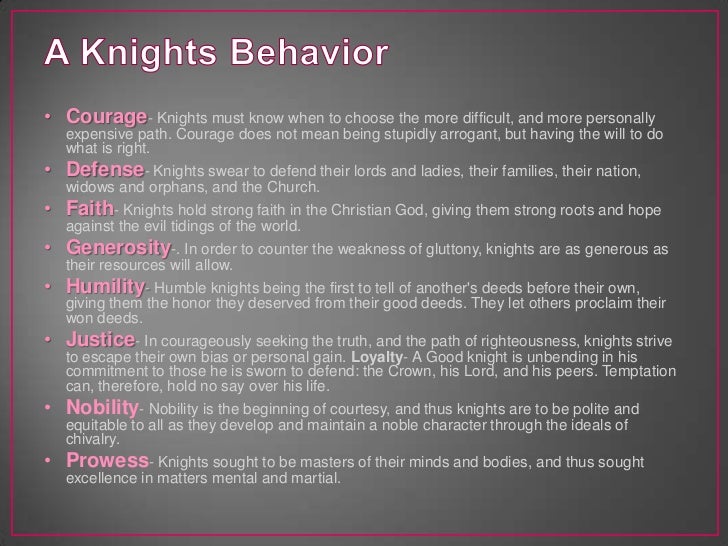

Culturally they are without any doubt very different. Paris and Kyoto, two cities separated by 5,970 miles. Can they have something in common? Hard to say. Two regions whose paths crossed only in 1543 when Portuguese traders, the most skilled sailors at that time, arrived, most likely in Tanegashima one of the islands south of Kyushu. They weren’t allowed to leave the village and they could be punished by being put in stocks or a pillory.A long trip from Western Europe to Japan. They weren’t allowed to fish in the rivers or hunt in the forests without the permission of the local lord. They had to give ten percent of their crops to the church, which was called a tithe and they also had to work a few days per week for the lord. All of the farm work had to be done by hand and their animals were kept in a field called the common. Most of their life was spent farming strips of land given to them by the lord of the manor. Every serf owned a few animals and these were also kept inside the house at night. If he was successful he could then set up his very own workshop and take on apprentices of his own.Ī serf lived in a small house with wattle and daub walls, an earthen floor and a thatched roof. If he wanted to become a master craftsman he would have to produce a masterpiece, which would then be examined by the members of the guild.
KNIGHTS CHIVALRY CODE JOUSTING FREE
At the end of seven years an apprentice became a journeyman, which meant he was free to go and seek work for himself in another town. Some apprentices were treated very badly by their masters. He received no pay but was given a chance to learn the skills of the trade. She would play games such as chess and also spend a lot of time doing embroidery.Īt the age of seven, a young boy became an apprentice and lived in the house of a master craftsman for up to a period of seven years. The lady of the castle spent a part of each day in a special room called the solar, which was always facing south and received the most sunlight. It was the duty of the lady of the castle to look after him and to educate him and teach him good manners. In most castles the lady was also in charge of the training of a young boy from another castle who was called a page-boy. The primary role of the lady of the castle was to rear their children and to make sure they were well educated. She and her husband usually lived on the top floor of the castle and they even had their own private chapel. It was also important as it was a major form of entertainment where jugglers and minstrels performed.Ī lady of a castle had the task of the daily running of the castle. (iii) The annual fair was important because people could buy things such as cloth.


Jousting was a special tournament held where two knights charged at each other on horseback and tried to knock their opponent off their horse using a special lance. (ii) A page was the first stage of training to become a knight.ĭubbing happened in the church when a squire was touched gently on each shoulder with a sword to become a knight.Ĭhivalry was the code of honour taken by a knight when he promised to be loyal, brave and always respect women and children. (i) The abbot was the head of the monastery.


 0 kommentar(er)
0 kommentar(er)
